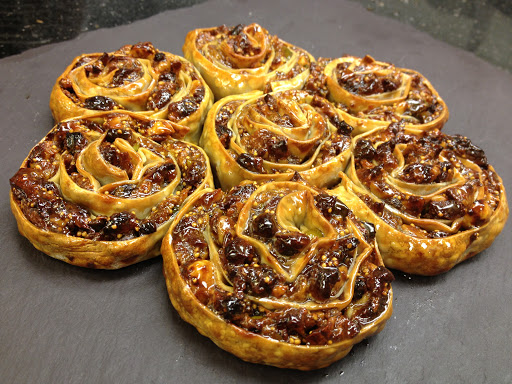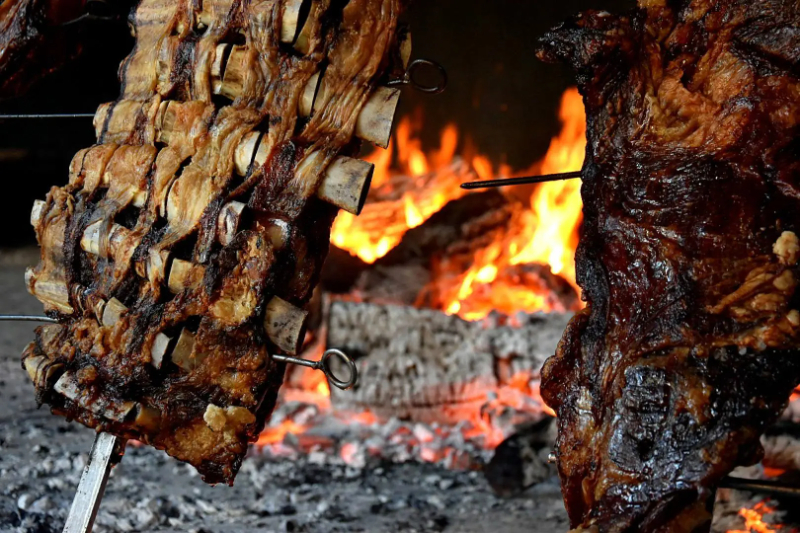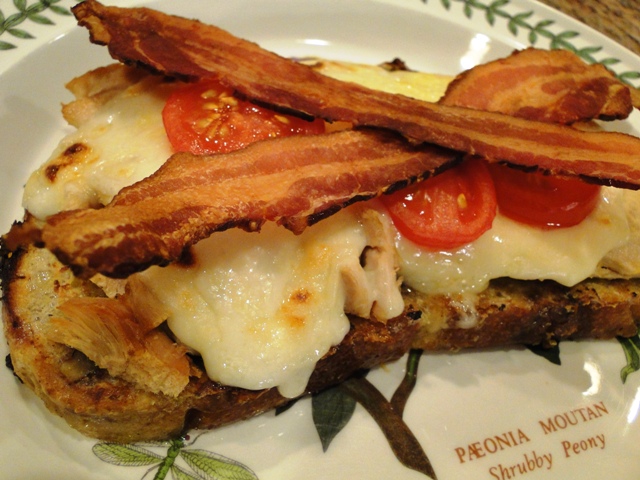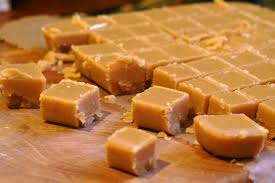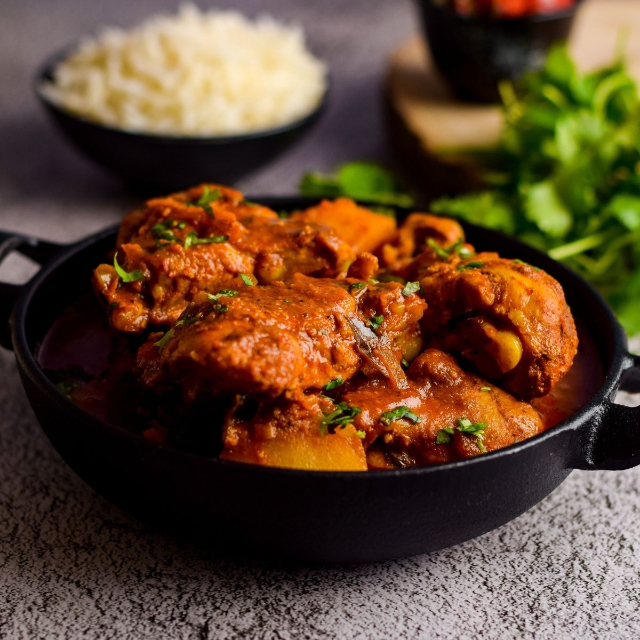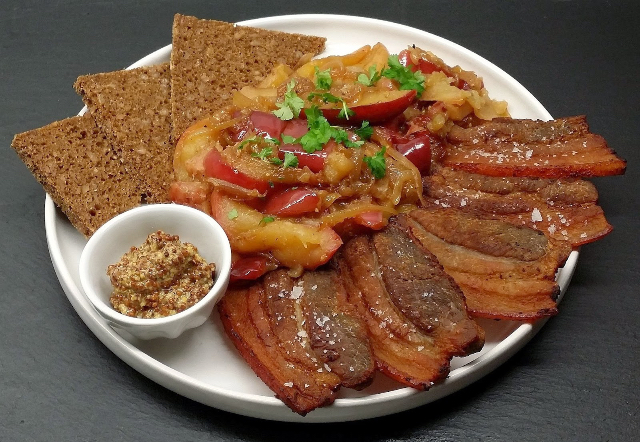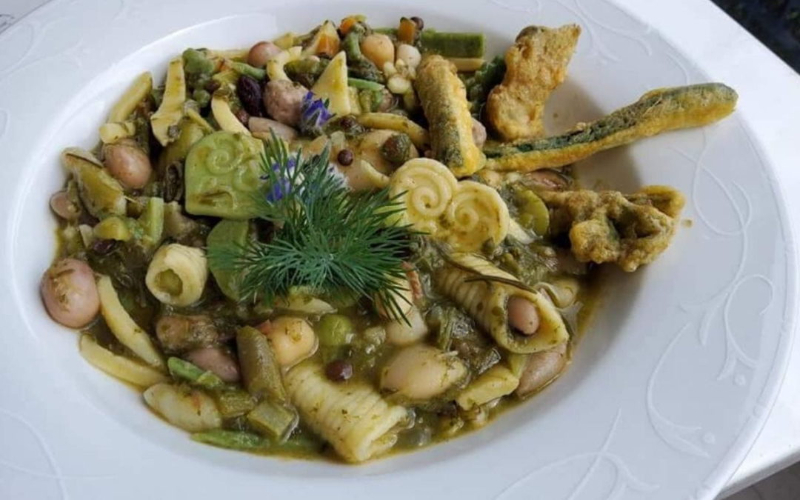La Pitta cù passale, a typical dessert of the popular festivals enriched with lots of dried fruit, La pitta is a typical Calabrian cake prepared on many occasions, festivals and celebrations in the region.
Its origins are very ancient and date back to ancient Greece.
The term "pitta", in fact, derives from "picta" (i.e. painted), as it takes the form of a focaccia, decorated or painted, which was offered by the ancient Italic peoples to the female gods during the festivals and rituals that were celebrated in the temples, including the famous sanctuary of Hera Lacinia at Capocolonna.
In the month of May, the Crotoniati offered the goddess of the temple spherical breads decorated and painted with figures that took up the theme of nature. Later, with the advent of Christianity, there were countless shrines dedicated to Mary, such as that of our Black Madonna of Capocolonna from the sea according to legend.
The most extraordinary thing is that despite the passage from pagan to Christian rites, the picta continues to survive as a gift and votive offering.
Later, with the advent of Christianity, there are countless sanctuaries dedicated to Mary, such as that of our Black Madonna of Capocolonna from the sea according to legend.
The most extraordinary thing is that despite the passage from pagan to Christian rites, the picta continues to survive as a gift and votive offering.
Over time, the pitta has undergone significant variations in shape, ingredients and methods of preparation, and has gradually been enriched with some elements symbolizing the seeds and fruits of the earth, such as walnuts, almonds and raisins.
From the simple spherical and full shape of antiquity, today it is made with concentric roses or roses and is enriched with ingredients that make it even more delicious and tasty.
The recipes of the sweet pitta vary from one country to another of Calabria. With some variations of ingredients, the pitta maintains its shape and method of preparation unchanged.
Even the name itself undergoes slight changes from one country to another, for example "Pitta ‘nchiusa" in use in the Crotonese and Catanzaro; "Pitta ‘mpigliata" in San Giovanni in Fiore in the Cosentino; "Pitta ccu’ i passule" in use in Cotronei in the Crotonese); "Pitta ccu’ i nuci" in use in the Cosentino.What throughout Calabria is typical Christmas cake, the "pitta n’chiusa" in Crotone takes the name of "Pitta da Madonna i Capocolonna" (Pitta della Madonna di Capocolonna) and is prepared particularly in this period.
In the month of May, in fact, in Crotone is celebrated the Marian month, dedicated to the SS Madonna di Capocolonna. Numerous religious and folklore events follow one another, culminating in the third weekend of the month with the procession between Saturday night and Sunday, which sees the faithful accompany the painting of the Madonna di Capocolonna from the cathedral of the city to the Maria
